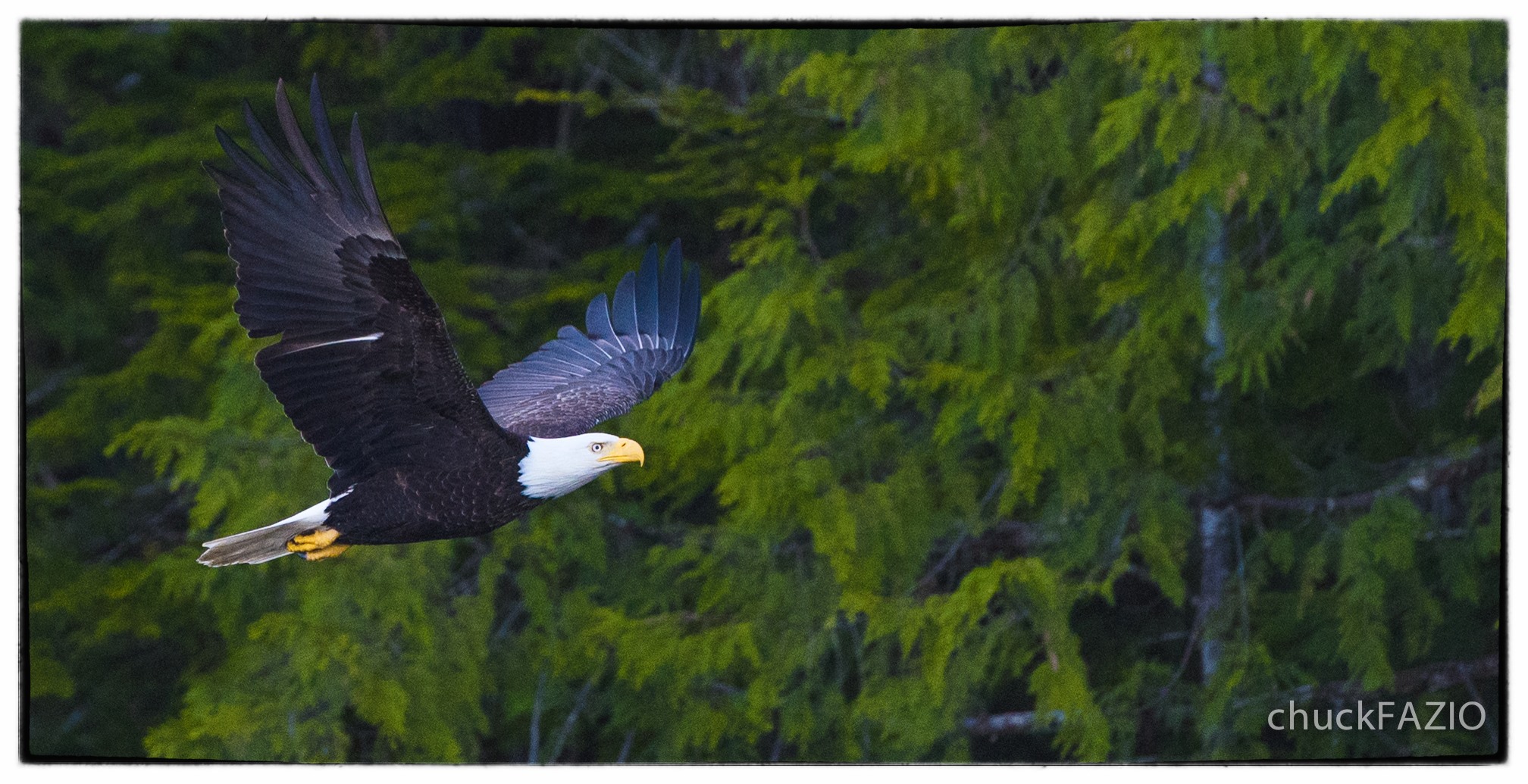Stars, stripes and bald eagles: few symbols are as ubiquitous and enmeshed with American culture as these three. Indeed, the American flag and the bald eagle alike have been idolized as symbols of bravery, courage, resilience and many other qualities that the U.S.A. prides and cherishes. The eagle has a widespread hold across the U.S., as well – the bird’s native range covers much of the continental U.S., as well as Canada and northern Mexico.
However, as many Americans know, our national animal’s populations have not always been safe – in fact, the species was declared a federally listed endangered species in 1967. But, how is the eagle doing now, and what could have caused such a decline?
Throughout the mid-20th century following World War II, a supposed “wonder chemical” of a pesticide called DDT (dichloro-diphenyl-trichloroethane) was widely used for both insect-borne disease prevention and for insect control for crops, gardens and homes. Of course, DDT is now known for its notoriety in the famed 1962 environmental science book, Silent Spring. Throughout the controversial classic’s pages, author Rachel Carson penned the numerous detrimental effects of DDT on human and wildlife populations – in particular, the effects on birds. As Carson dramatically wrote:
“There was once a town in the heart of America where all life seemed to live in harmony with its surroundings … Then a strange blight crept over the area and everything began to change … There was a strange stillness … The few birds seen anywhere were moribund; they trembled violently and could not fly. It was a spring without voices. On the mornings that had once throbbed with the dawn chorus of scores of bird voices there was now no sound; only silence lay over the fields and woods and marsh.”
While not lethal to adult bald eagles, DDT is attributed to disastrous effects on the birds’ reproductive cycles. DDT interfered particularly with the eagle’s calcium metabolism, causing many birds to be sterile. Female eagles that were still able to reproduce often laid eggs with extremely brittle shells, causing most offspring to die before they were able to hatch. Additionally, rampant loss of habitat and hunting dwindled the bird’s numbers throughout much of the first half of the 20th century.
A nationwide ban of DDT took place in 1972, and over time, bald eagle populations have begun to rebound. By the 1950s, breeding pairs had dwindled to only 412 nationwide; it is now estimated that that number has risen to over 9,700 across the lower 48 contiguous states as of 2006.
In 1998, American Forests contributed to this monumental comeback by planting 12,650 trees in the breeding and wintering ranges of bald eagles through a large part of the Klamath winter roosting area. This project implemented part of the U.S. Fish and Wildlife Service’s Pacific Bald Eagle Management Recovery Plan, a plan that encompassed seven states (including California) and worked to restore a minimum of 800 breeding pairs throughout the plan’s range. The number of breeding pairs has now approached twice this minimum goal thanks to the halting of DDT usage, strict restrictions against hunting or trapping eagles and habitat restoration programs such as these. The U.S. Fish and Wildlife Service removed the bald eagle from the list of endangered species in August 2007; however, the bird remains endangered in California. Regardless, the future is looking bright for a bird that has embodied a symbol of perseverance throughout the U.S. – bald eagles were found to be nesting in 28 of California’s counties by the close of the 1990s, up from a mere eight counties in 1977.
